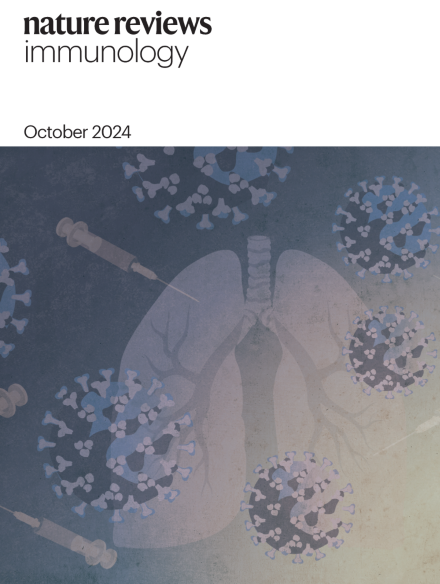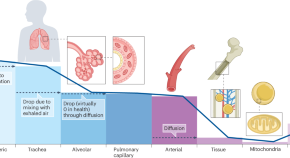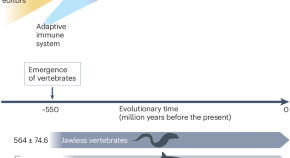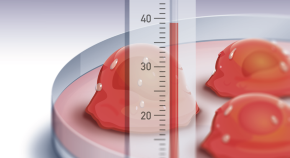
Generating prophylactic immunity against arboviruses in vertebrates and invertebrates
In this Review, the authors discuss current challenges and future prospects in exploiting both vertebrate and invertebrate immune systems for the control of flaviviral and alphaviral diseases.












